On the Collector’s Guide – Dials page, there are thirty-one dials displayed. These are the variants I categorize as legitimate. They earned their status through abundance, appearance in period catalogs and advertisements, still existing as service parts made by Omega, presence in a 1970’s Omega catalog, being featured in A Journey Through Time or other credible document, matching other known dials in other aspects except for color, or some combination of these factors.
Thirty-one may seem like a big number for a family of watches that was produced for probably around five years, but that is only scratching the surface of what I’ve seen installed on watches. Most of the redials I’ve seen obviously started out as legitimate, correct parts but became something else when being “repaired”. Others were more intentionally “modified”. Consider the two Type G Dials below:
Photo sources: Watchuseek, posted by Nalu, eBay seller vividlily
The blue dial appears to be an attempt to sympathetically restore a G1 dial, but they colored the subdial blue (should be grey), only used a three-sided box around the date window (should be four), and the overall paint job has the look of an overly-frosted cake. Close, but not quite there. The brown dial looks to be a perfectly fine G4 dial that someone painted a red or orange sector from 2:00 to 3:00, probably to imitate the functionality of a regatta countdown timer. It probably seemed like a good idea at the time.
More poor restoration attempts:
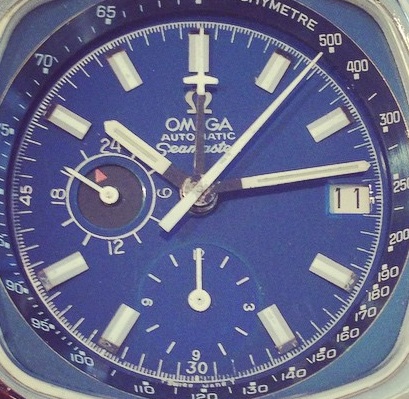

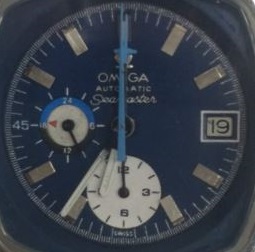

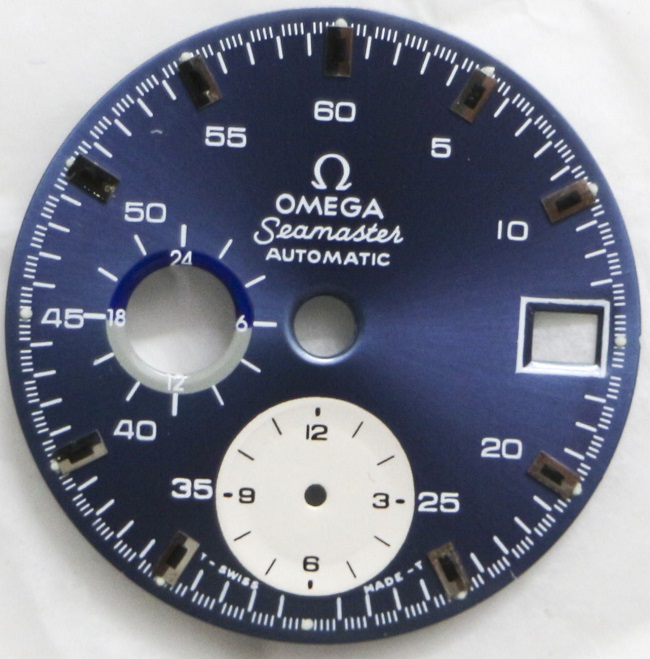

Photo sources: unknown, Omega Forums posted by jjlamore, eBay seller -charly-
More odd modification attempts:
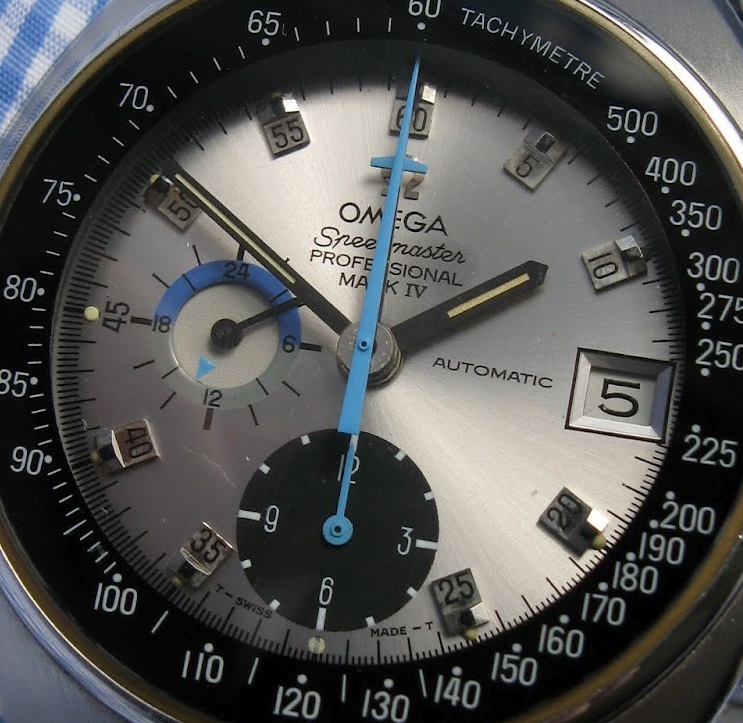

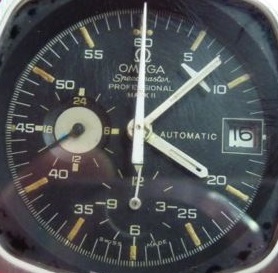

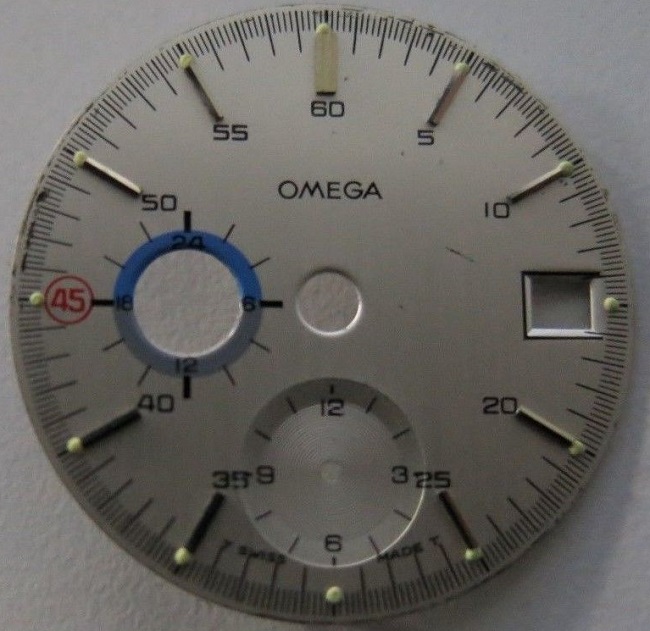

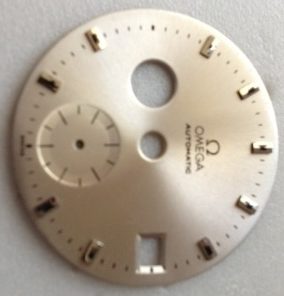

Photo sources: Andy B Vintage Watches, TZ-UK posted by dickbrowne, eBay seller abouttime.ch, Watchuseek poster KringleKriss
The examples shown above are just a few of dozens I’ve seen. The restoration and modification attempts account for the great majority of non-legitimate dials out there, but there is another type of dials I’ve seen, that I consider the most interesting of the non-legitimate 1040 dials. These dials have a greyish-brown “fume” color, and their level of finishing is better than most. First, we have the standard layout we’re accustomed to on a 1040 dial, here found in a 176.007 case:
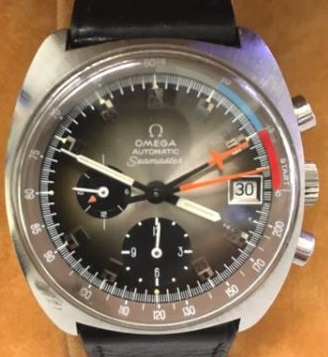

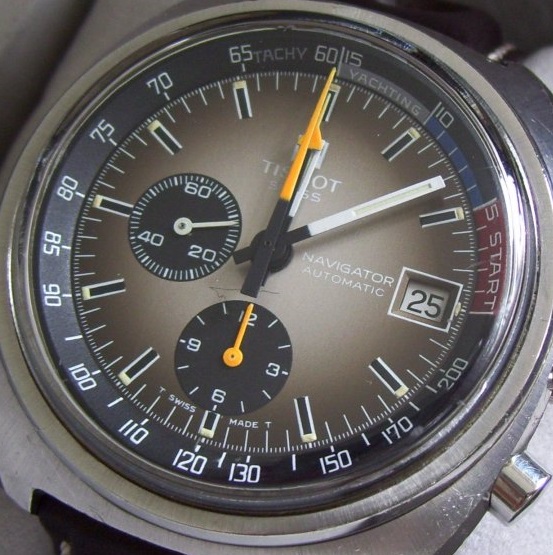

Photo source: unknown, uhrforum.de posted by schmittko
The dial color matches that of the common Tissot Navigator (pictured) that shared a similar case and bezel as a Yachting 176.010ST. The hour markers and 6:00 subdial look similar to dial I2, though the logo is painted on this dial. What makes me lean toward this dial being not legitimate?
- It doesn’t say SWISS MADE at the bottom
- This style of dial typically has an applied logo and a painted numeral 45 between the edge of the dial and the 9:00 subdial
- Something looks slightly off about the text at 12
- Missing minute markings at 14, 15, and 16. The logo looks a little asymmetric and off-center, and OMEGA looks odd
- Note too that the bezel doesn’t match any known regatta bezel by Omega or Tissot
Even more interesting is this “destro” dial in a 176.009 case, which flips the normal dial layout 180 degrees:
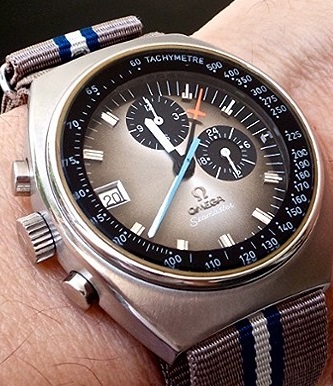

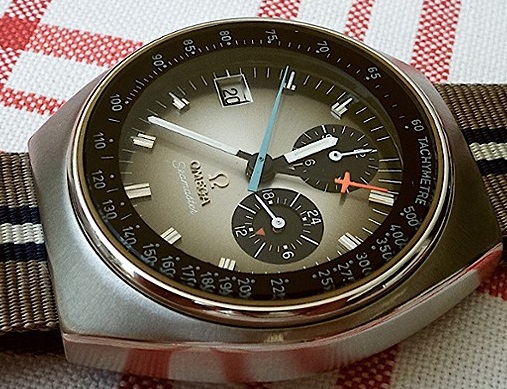

Above image source: watchprosite.com, posted by nilomis
[*UPDATE – April 2017* I have received credible information that this dial is not authentic nor any type of test or prototype dial. It is a modded watch, put together well after the 1970s with a homemade dial. I won’t get into any further detail because I don’t want to put the owner or my source on blast.]
This one strangely lacks a 12:00 marker. We cannot see SWISS MADE. The applied indices match those of the Tissot Navigator shown above and are not seen on any legitimate 1040 dials. It seems slightly more refined than the previous one, but what makes it seem more plausible is the story that goes with it.
The story is that this watch was assembled by a local team of watchmakers during a training session that Omega used to provide here during the 60’s to early 70’s.
The story continues stating that this was a prototype of a watch that never entered on the Omega production line.
Not much to go on, is it? After all it’s just a story from a friend being retold on a forum, with nothing to back it up. But it actually does line up with a more credible story I stumbled across, again on the forums. This is an interesting discussion on the idea of prototypes, how they were handled in the past, and the difference between fully-assembled prototypes and individual test parts.
One of the participants in the conversation, mondodec, is a well-known collector with a scholarly bent, who as actually spoken to primary sources. He states:
For instance, Gerald Genta told me in a series of exchanges we had that dial manufacturers, suppliers of bracelets and case manufacturers would provide Omega Creations with numerous iterations of dials, cases and bracelets in order for a panel to make an ultimate decision. My fear, and indeed suspicion, is that many more of these loose examples presented for inspection have ultimately found themselves in marriages ordained by others.
That makes me pause and think. Could the supplier of 1040 dials made some odd iteration to see how the dial might look when rotated? And could that supplier also have access to the dials being supplied to Tissot? Maybe. Maybe not. For now, that dial doesn’t get added to the Collector’s Guide, and the count remains at thirty-one. But if you have one for sale, drop me a line…


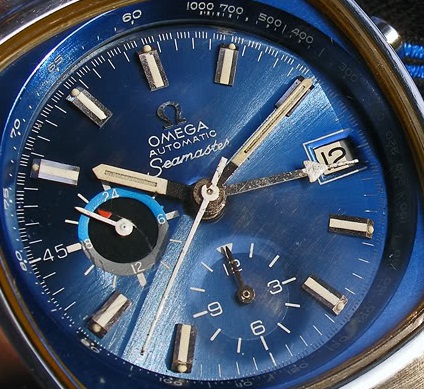
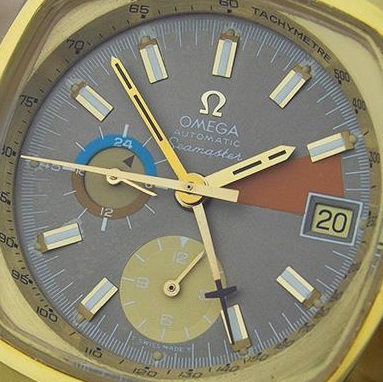
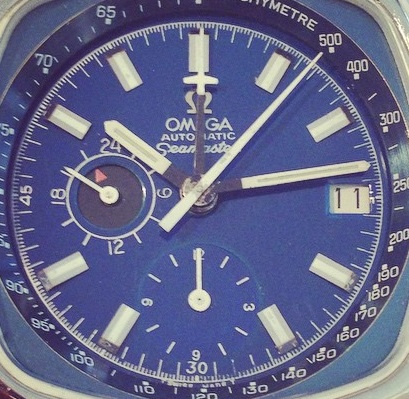
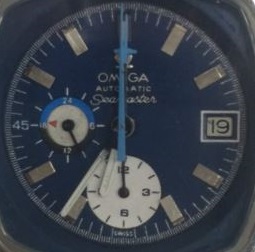
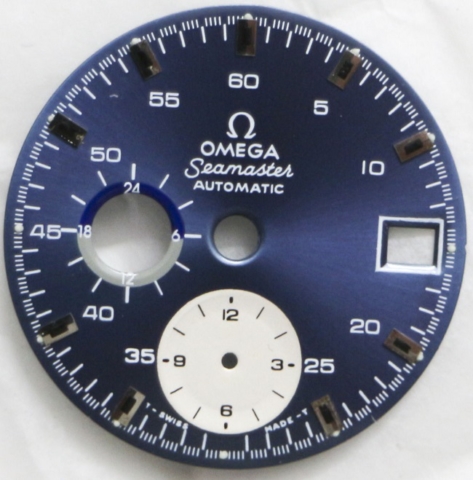
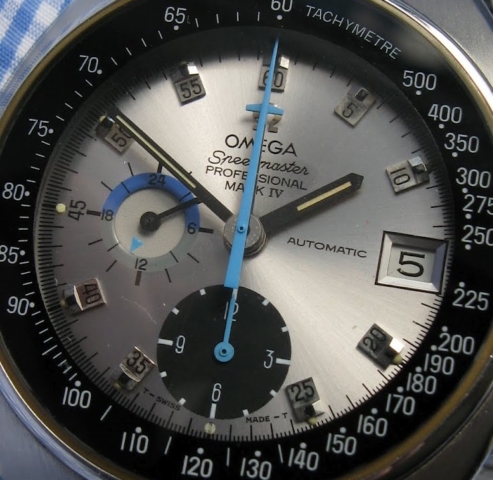
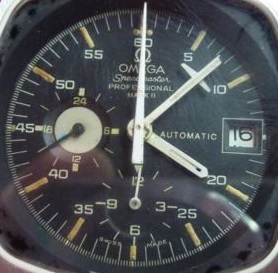
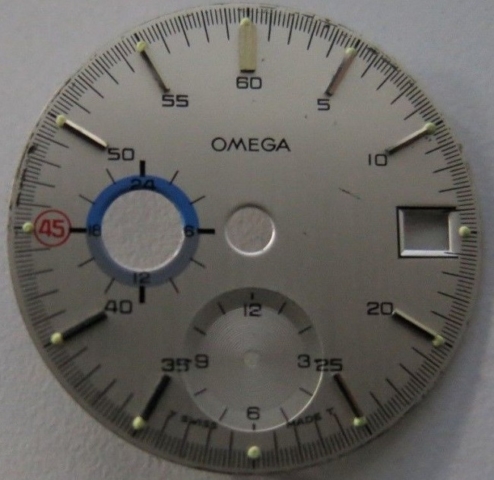
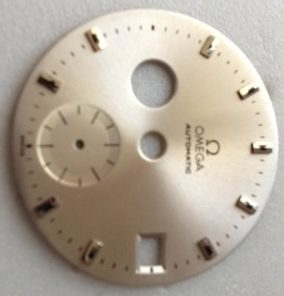
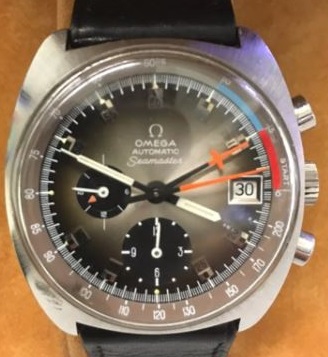
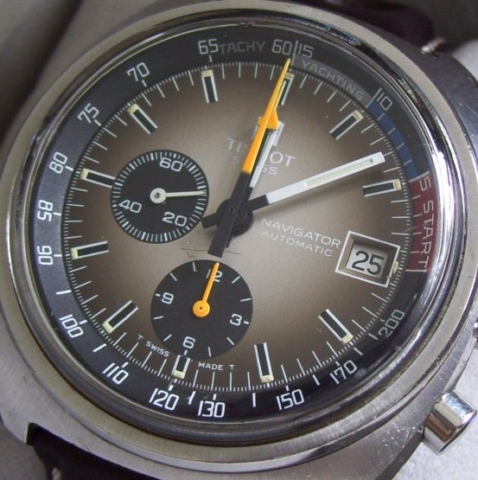
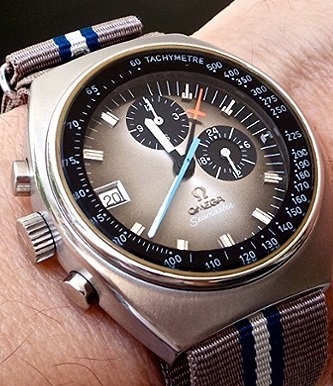
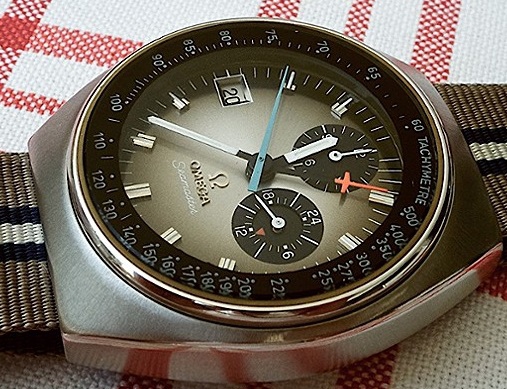
Andy – in your opinion, are the ‘dog bone’ indicator 125 replacement dials ex-factory dials or reproductions?
I think they are legit but more likely than not service replacements. A well-regarded and knowledgeable collector recently sold a dog bone dial he insisted was NOS dating to the 70s, so perhaps there were different variants.
Another very enlightening article, Andy. Great stuff.
??